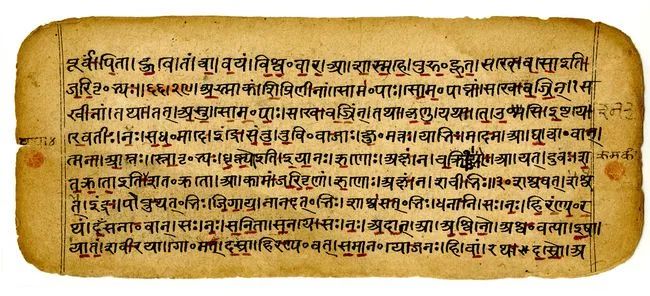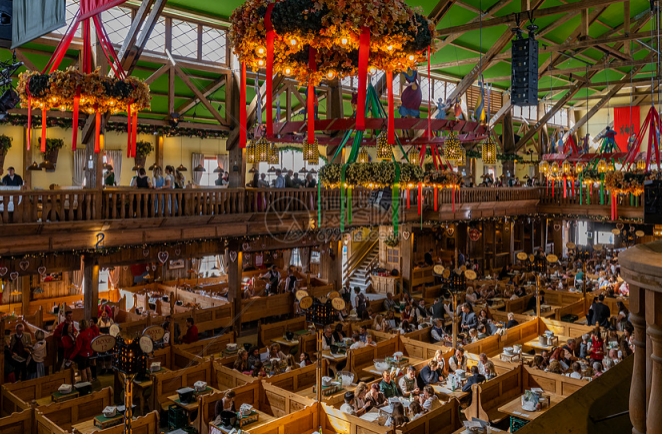In the Italian region of Liguria, at 765 metres above sea level and surrounded by mighty peaks, sits the alpine village of Triora. Only 300 inhabitants still live here today, and yet the place is a tourist magnet in the area. This is mainly due to its gloomy past: Triora is known for a cruel witchcraft frenzy that broke out here in the 16th century.
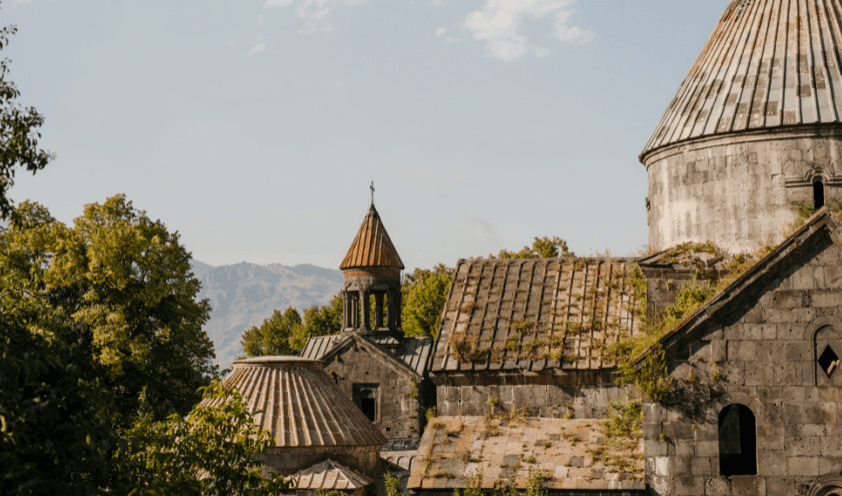
In 1587, the town was hit by a devastating bad harvest. This caused a famine, leading to the impoverishment of many people. The exceptionally hot weather and persistent drought were to blame, of course, but many of the town's inhabitants were not satisfied with this explanation. Instead, they accused a few women living in the poor area of La Cabotina outside the town of witchcraft, setting off a hysteria that lasted two years.
These women were poor, and some of them knew a lot about medicinal herbs. 20 young "suspicious" women are first rounded up. Incited by the church, their neighbours and other villagers had literally pointed their fingers at them – and thus subjected them to unimaginable torments. Soon forced "confessions" are made.
As a result, 30 women ended up in dungeon under torture, and over time the number of people accused of witchcraft rose to 200. They were accused of making a pact with the dark forces and cannibalism. An inquisitor and a priest were sent to investigate the diabolical goings-on in Triora. They subsequently began the trials of the alleged witches, which were to drag on until 1789. The condemned were sent to prisons and many of them never returned alive.
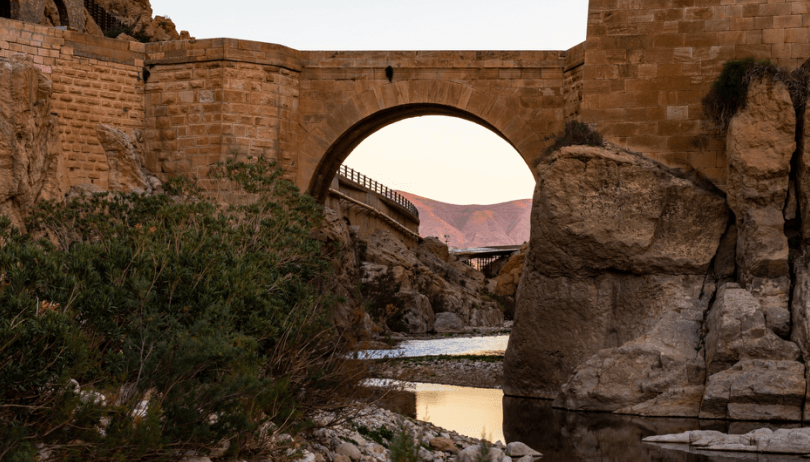
In the meantime, it is suspected that some families used the witch hunting in Triora to fight unpopular competitors or to take revenge on them. The madness even spread to other villages until it slowly subsided in 1789. By then, at least four women had died, and the fate of countless others was lost in the darkness of history.
This makes it all the more astonishing how openly Triora deals with its dark past today. In the regional Museum for Ethnography and Witchcraft, you can learn about the subject in four venues. Historical documents show how interrogations and torture once took place in Triora. You can buy souvenirs related to its dark history virtually everywhere in the town. Other places of interest include the Monte delle Forche, where some "witches" were burnt at the stake. You can also visit the former La Cabotina, the place where it all began.
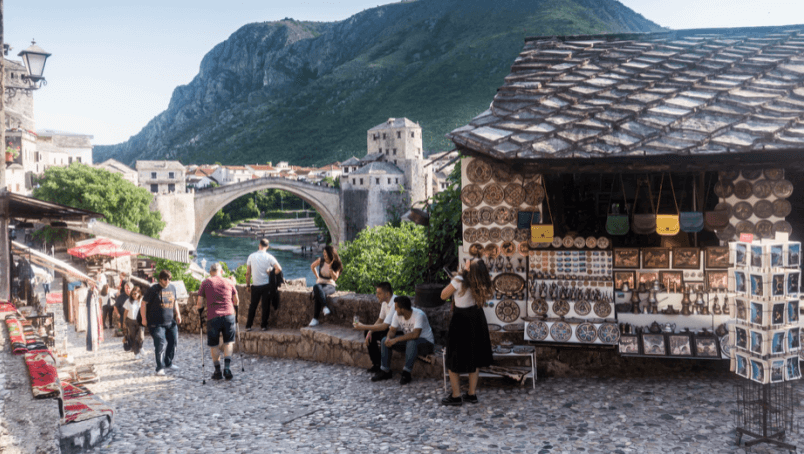
Once persecuted, witches are now celebrated in Triora. There is an annual witch festival in the summer, and of course Halloween is celebrated here. In reference to the world-famous witch trials in the USA in the 17th century, the town is now also known as the "Salem of Europe". Meanwhile, Italy's former witch capital has also become popular with foodies. The so-called Triora bread, for example, has gained widespread recognition. While Triora may have had a dark past, today it is above all a beautiful mountain village.
